-
Posts
461 -
Joined
-
Last visited
Content Type
Profiles
Forums
Gallery
Events
Posts posted by *Hans*
-
-
It is resin (credits to my son who designed it after an original 17th century canon), 3D printed on a resin printer.
I coated it with real bronze powder, soluted in schellack, and gave it a ammonia treatment to give it the authentic weathered look.We can print in in almost any scale, but the maximum length is roughly 20 cm.
The carriage is made out of oak, but for the kit this will be most likely elm (which was the most used wood for carriages, according to Blom).
I am still “struggling” with the size of the weels, as they might be a bit to large.
-
16 hours ago, Waldemar said:
Oh my... Sorry Olli, but as a lover of old artillery my heart is heavily bleeding... Please bring back the original design of the carriage. That is, the barrel's trunnions just above the front axle, the barrel's base ring above the rear axle (should fall on it preferably in an arc, not vertically), and the trucks of wood only (no metal on the perimeter).

You might find this interesting: we have started some time ago with the development of a kit of a 17th century bronze canon. This should come to live somewhere this year.
@ Olli, sorry for interrupting your log.
- Archi, Olli Sukunimisson, Baker and 2 others
-
 5
5
-
13 hours ago, Waldemar said:
Judging visually, the original parts from the kit have quite the correct proportions. The usual culprit in such situations is an undrilled bore in the barrel, which shifts the centre of gravity forward a lot. So either you can drill that hole, or fix the gun to the deck with glue, mechanically or both (or some other similar way that will take care of the problem).
The hole in the barrel is just a few mm deep, as drilling them deeper caused production difficulties (and a lot higher production price).
I just glued them in position with a drop of pva glue underneath it.
Hans
-
Very nice work! When I was busy designing this little ship as a model kit, I had great difficulties finding gratings in larger quantities for an acceptable price. Therefore the covered version 🙂
- vossiewulf, Olli Sukunimisson, Baker and 1 other
-
 3
3
-
 1
1
-
4 hours ago, Olli Sukunimisson said:
You could go for closed gunports, and stow the cannons to the sides of the ship, parallel to the hull. If not in use the cannons where put aside to the hull, tight up with ropes.
-
Looking very fine!
Regarding your photo of the deadeyes: make sure they all are mounted in the correct position, with two holes on top and one on the bottom. They should look like a surprised young lady.
A deadeye is called a “juffer” in Dutch, and this is an old fashion word (17th century) for a young (unmarried) lady.
If you look at it you will see.
-
Then, about the decorations and carvings. We are busy replacing every decoration for 3D designed and printed ones. This is unfortunately a very time consuming and therefore slow process.
-
Ha, I did not see thus topic before, until I was noticed about it on the Dutch forum. Very nice work you’ve been doing here, and completely in the Dutch way, where every ship was uniquely decorated to the wishes of the owner and captain.
- Danstream, SiriusVoyager, Baker and 1 other
-
 4
4
-
-
On 1/31/2024 at 1:11 PM, Marco_van_H said:
It is available, I have mine at home already. It looks good.
A little bit late from my side, but yes, it is available!
-
-
You have made a beauty here!
- Melissa T., Baker, Ryland Craze and 1 other
-
 4
4
-
It is a small vessel, and more important, a pleasure yacht. Not meant to sleep in or make long voyages with it. It was just for fun, to have a nice day on the water. So I presume there was some simple food and drinks, like roasted duck, champagne and caviar and not much more.
Hans
-
I do have a few images, one made by René Hendricx, on behalf of Ab Hoving (who has worked out the original charter, made by the 17th century writer van Yk, into this model) and some paintings from around 1640 which have been an inspiration for me for this particular model.
But they don't really give a clue how the inside of the Speel-jaght was fitted out.
Hans
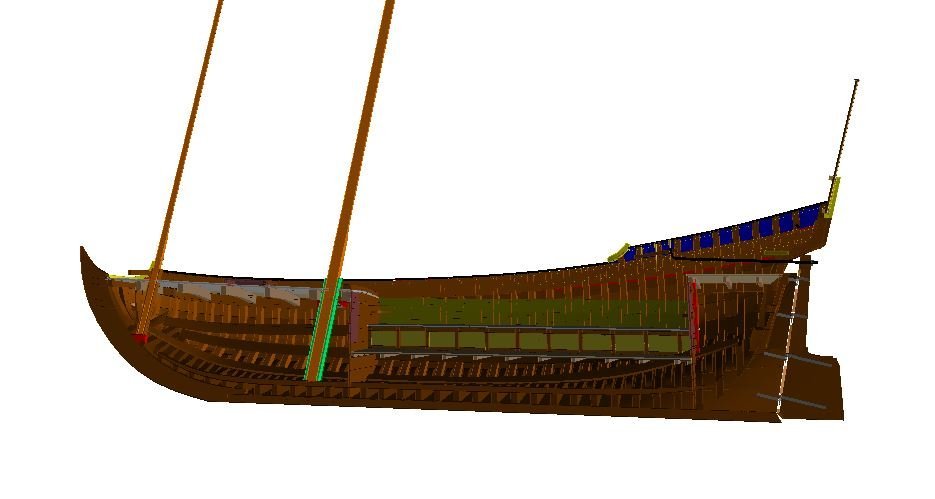
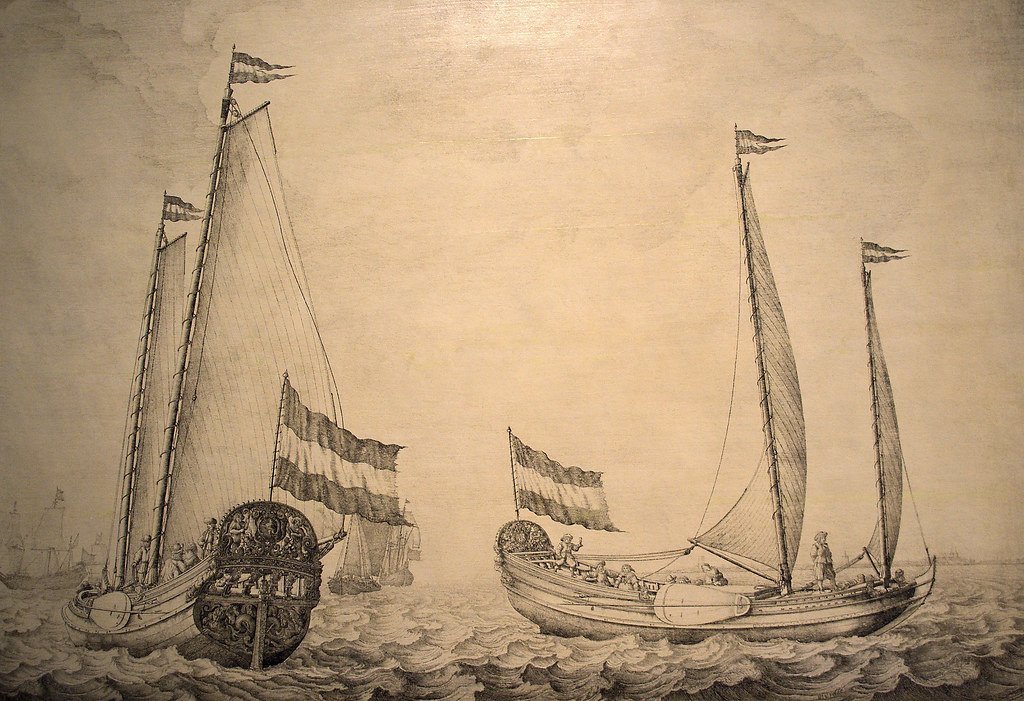
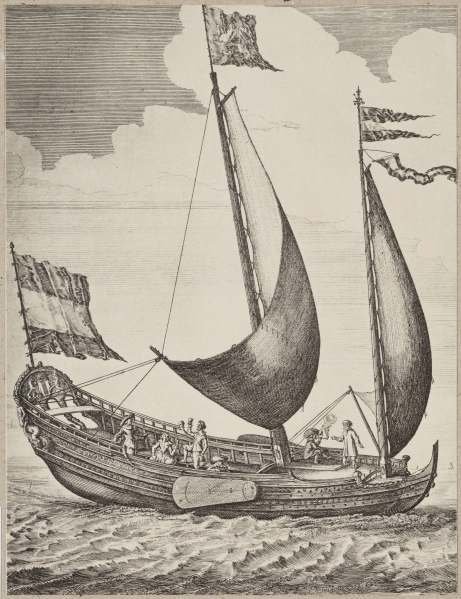
-
Oh sure! Thank you for this nice start. If you have any questions you can always contact me via this forum, pm, our website kolderstok.com or via email 🙂
Hans
Kolderstok
- chris watton, mark.bukovich and Baker
-
 3
3
-
Hello Syhobbs,
Could you please send some photos to kolderstok at gmail.com? I will have a look at them and see if I can find a solution for you.
Hans
Kolderstok
Edit: in the meantime I did have contact with Syhobbs. It turned out he had an old batch of ornaments, where the kit nowadays has newly sculpted and formed ones. A new set is in the make for him.Hans
- Prowler901, dafi, Melissa T. and 5 others
-
 7
7
-
 1
1
-
-
-
On 3/23/2022 at 9:57 PM, Jaager said:
* " a convex, pear-shaped hull with a strongly concave top and narrow decks – can plausibly be assumed to be the result of a succession of small developments that started at the end of the 16th century."
I read along time ago - no reference- sorry - that the reason that Dutch vessels tended to have very narrow upper decks was because of how the taxes and customs duties were calculated. The formula obviously used the breadth of the top deck to determine the cargo volume. It would have been easy to use a more realistic formula, once the trick was obvious, but I am guessing that the shipping interests must have gained control of at least that part of the government. They must have become the ones with the money and thus the power.
I did give a reaction on this, but unfortunately it has been deleted 😞
There is an article (in English) which explains how the toll on the sound was measured and calculated, and it was not in the way as decribed here above. Those who are interested please pm me so I can give the link.
-
Hello Melissa,
Thank you for this nice introduction. I will follow your build, but shall not give constant comments on what you have done so far. However - if you face any problems, difficulties or have other questions - please feel free to ask - by pm, or via your build log.
Succes!
- Ryland Craze, Baker, thibaultron and 4 others
-
 7
7
-
Hello mercdaddy27,
Please ask your questions - here, or via kolderstok@gmail.com 🙂
Hans van Nieuwkoop
Kolderstok Modelbouw.
- chris watton, James H, Canute and 1 other
-
 4
4
-
7 hours ago, Meriadoc Brandybuck said:
Also, I’ve heard rumors of a fluit in the works for Kolderstok? According to a Dutch forum (and google translate) it might be releasing soon? Can’t wait to hear more!
Rumours spread fast 🙂
No, I am actually working on a Dutch fluit, and have the hull more or less finished. However, sales of the other models went up due to the pandemic and I can't hardly find the time to proceed on this new model.
Further, maybe important for you: she isn't an easy model. The bulky shape of the hull is very difficult to make, and (how ironical) I am considering to offer a second layer of planking for this model, as the first layer (basswood) could come out quite battered....
Hans
- mtaylor, ccoyle, Ryland Craze and 1 other
-
 4
4
-
Just had a look at the finished model in the gallery. You did a great job in quite a short time. Kudos to you as well 🙂
-



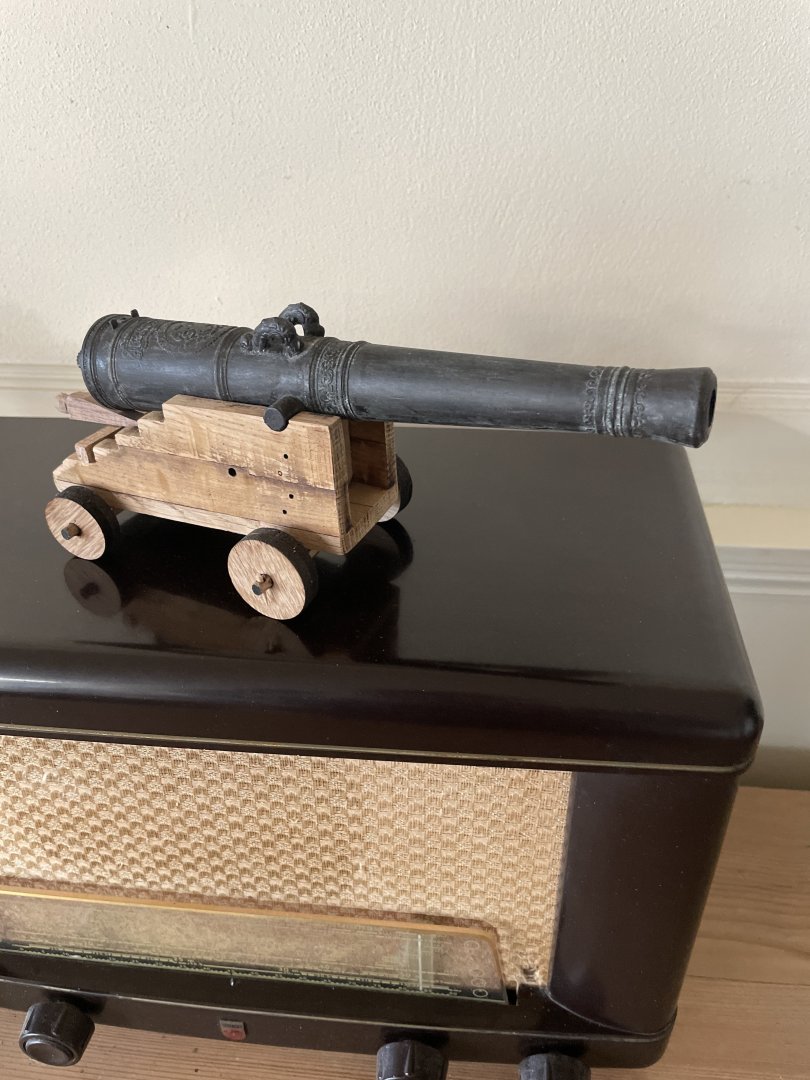
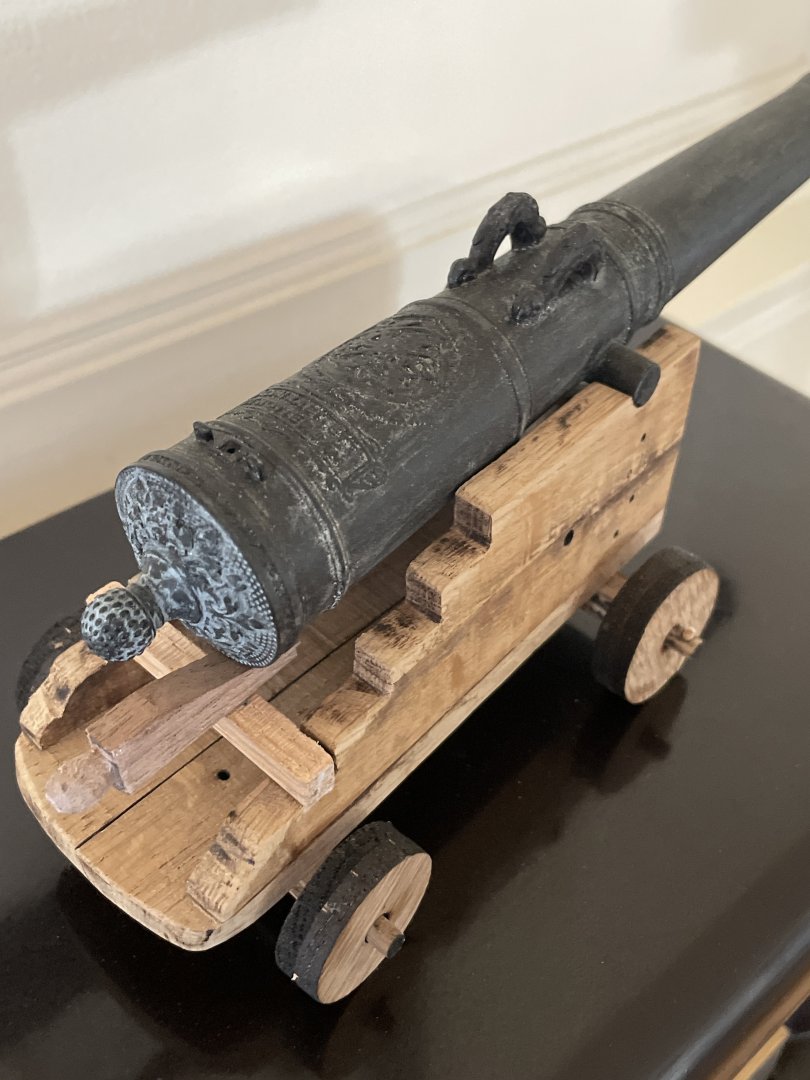
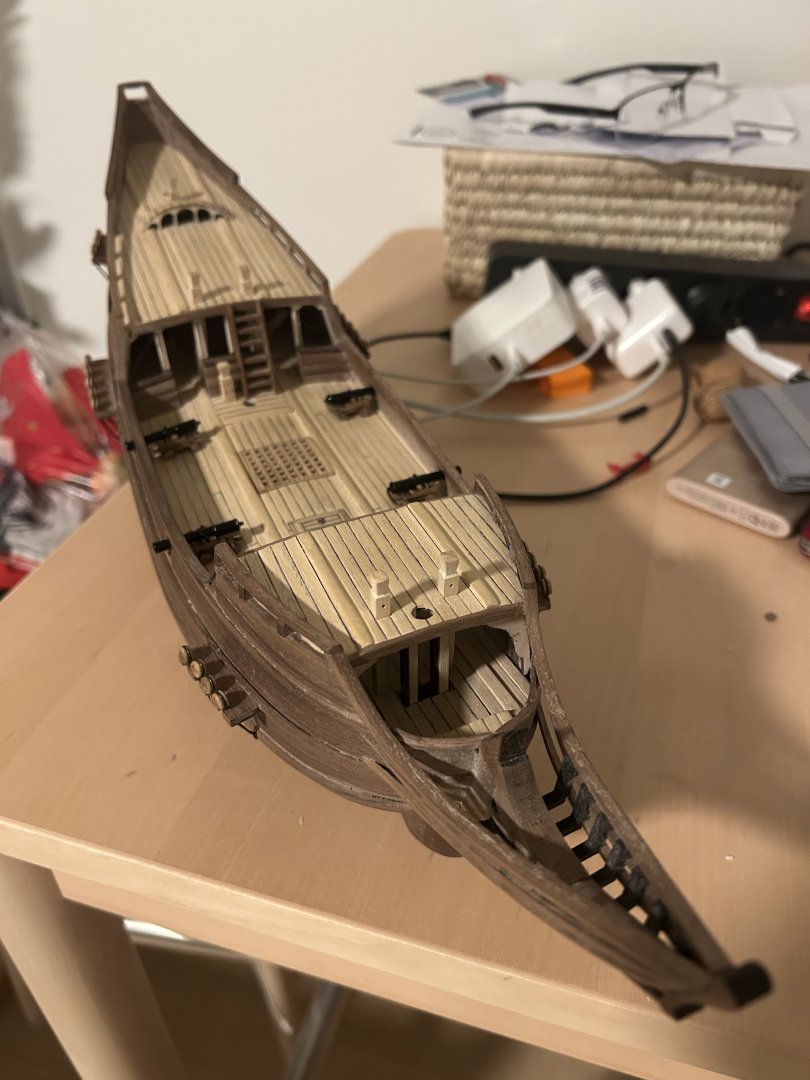
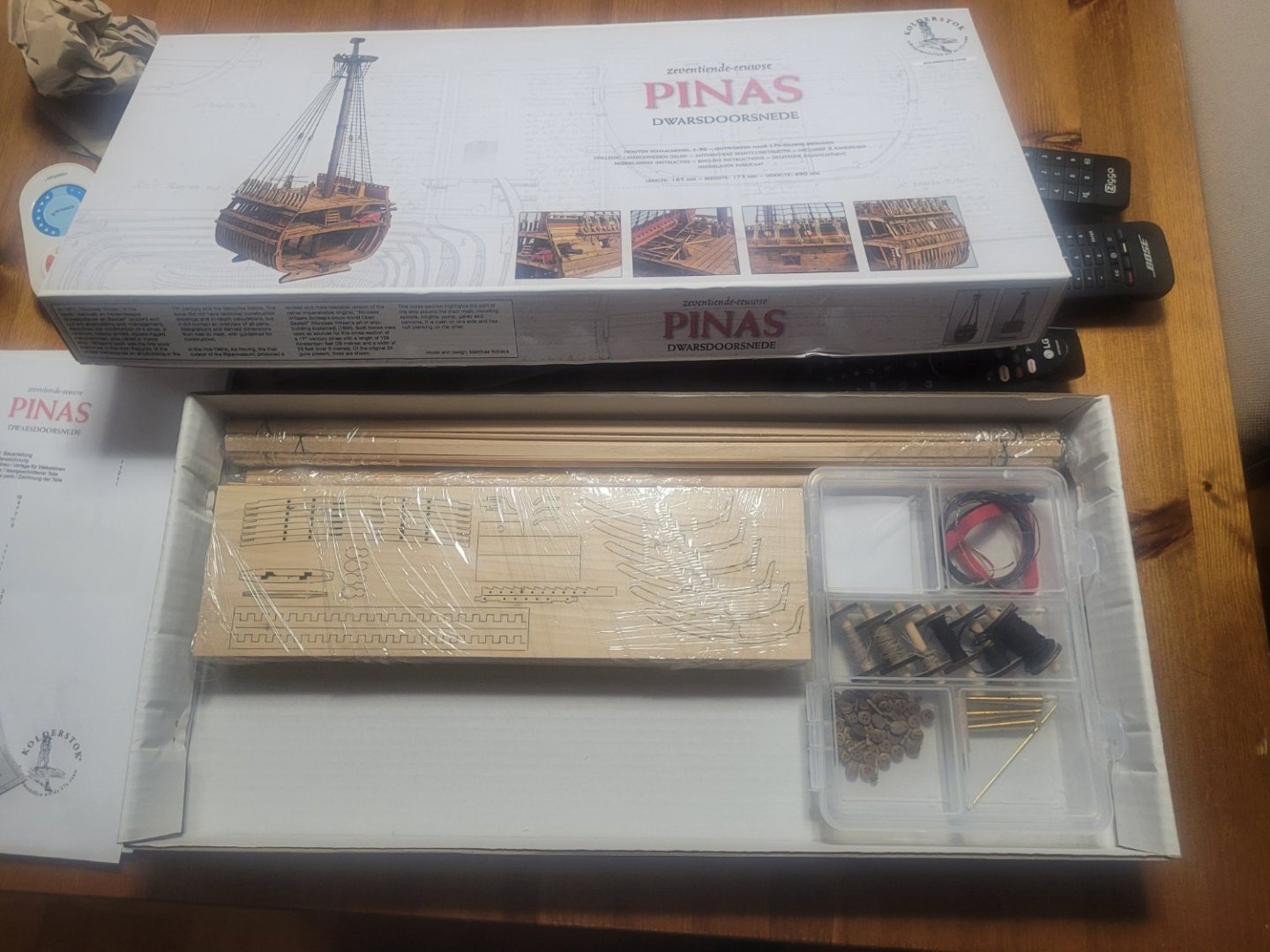
Duyfken by Olli Sukunimisson - Kolderstok - 1:50
in - Kit build logs for subjects built from 1501 - 1750
Posted · Edited by *Hans*
I’ve got two barrels now, one plain first try, and the second one with all the decoration and modifications in the size.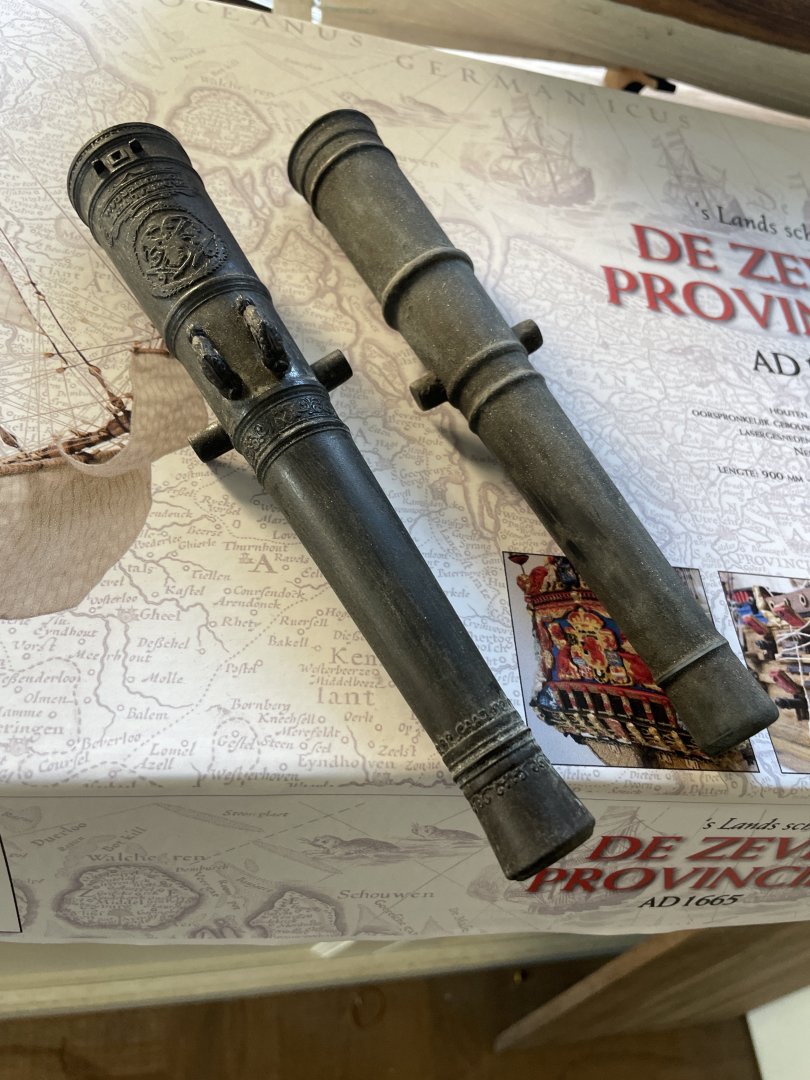
This is okay:
size of the spindle and diameter of the inner barrel